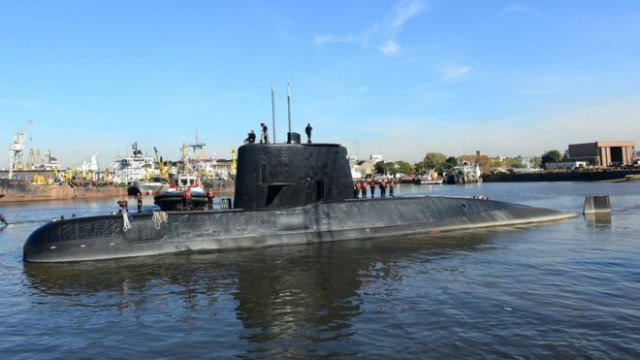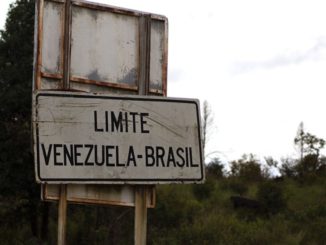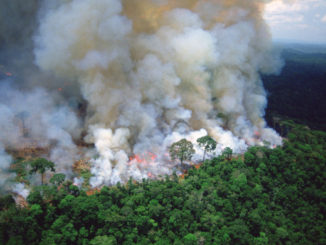
BUENOS AIRES – Argentina’s navy is no longer looking for survivors among the 44 sailors aboard the ARA San Juan submarine missing for 15 days, though a multinational operation will continue looking for the vessel.
Hopes of finding survivors had already dimmed because experts said the crew had only enough oxygen to last 7 to 10 days if the sub remained intact under the sea. The navy also had said an explosion was detected near the time and place where the ARA San Juan made its last contact with shore Nov. 15.

An international search mission has seen the deployment of 4,000 personnel from more than a dozen countries.
Navy spokesman Enrique Balbi said Thursday the rescue mission had “extended for more than twice what is estimated for a rescue.”
“We’ve had 28 ships, nine aircraft, 4,000 people involved, 18 countries supporting,” Balbi told reporters. “Despite the magnitude of these efforts, we’ve been unable to find the submarine.”

Balbi said the search was no longer considered a SAR rescue mission, but the hunt would go on for the missing sub.
The submarine, with its 44 crew, set off under the command of Pedro Martín Fernández. Forty-three of the crew were men but there was also one woman, Eliana María Krawczyk. The 35-year-old was the first female officer in Argentina to serve on a submarine.

The rest of the crew were submariners of varying ages and experience.
Some relatives of the crew broke into tears after they received the news.
“I don’t understand this arbitrary and unjustified decision,” Luis Tagliapietra, the father of 27-year-old crew member Alejandro Tagliapietra, told local TV. “It’s unusually cruel. Every day, it’s a new blow. I’m destroyed.”

The navy has said the vessel’s captain reported that water entered the snorkel and caused one of the submarine’s batteries to short circuit. The captain later communicated by satellite phone that the problem had been contained.
Some hours later, an explosion was detected near the time and place where the San Juan was last heard from. A navy spokesman said this week that the blast could have been triggered by a “concentration of hydrogen” caused by the battery problem reported by the captain.
Water entered Argentine submarine’s snorkel causing battery short circuit
The San Juan, a German-built diesel-electric TR-1700 class submarine, was commissioned in the 1980s and was most recently refitted in 2014.
Some family members have denounced the navy’s response to the sub’s disappearance as well as the age and condition of the vessel. The navy has rejected such charges, while President Mauricio Macri has promised a full investigation.



